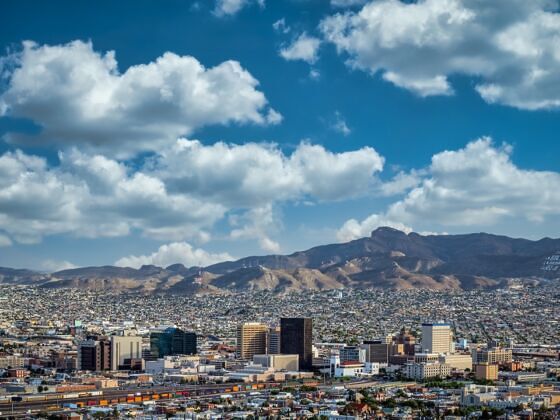The emergence of armed vigilante groups threatening to take public security into their own hands has added a new sense of urgency to Mexico’s war against drug cartels.
One group, financed by businessmen from Ciudad Juárez, is threatening to kill a criminal every 24 hours unless the government takes visible action against rampant crime and corruption. The group, calling itself “Citizens’ Command For Ciudad Juárez” has set a deadline for July 5, stating that if the situation in Ciudad Juárez has not changed by that time it will follow through with its threats.
